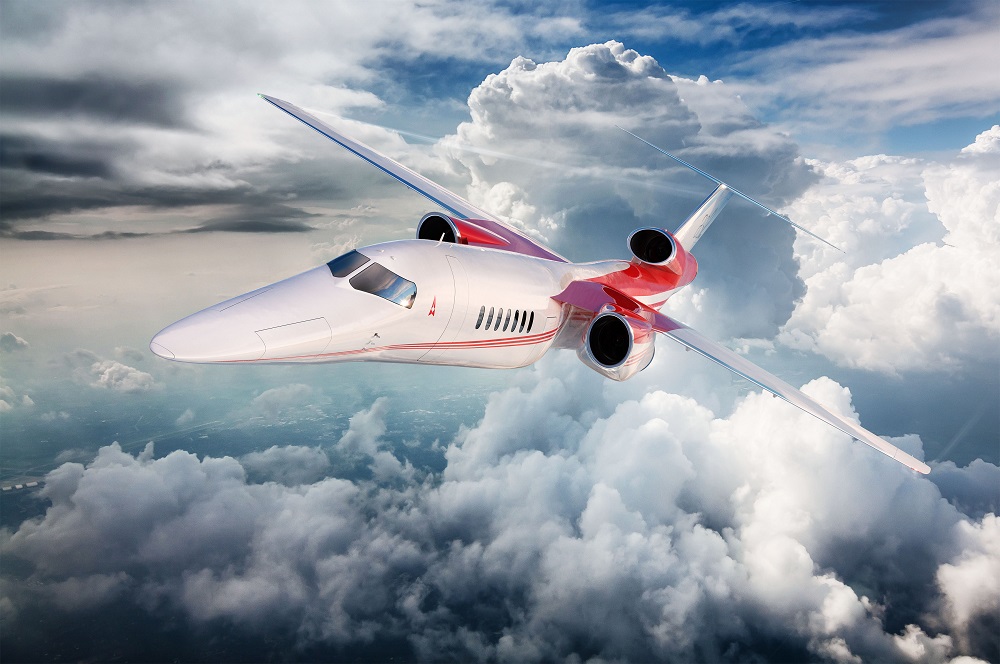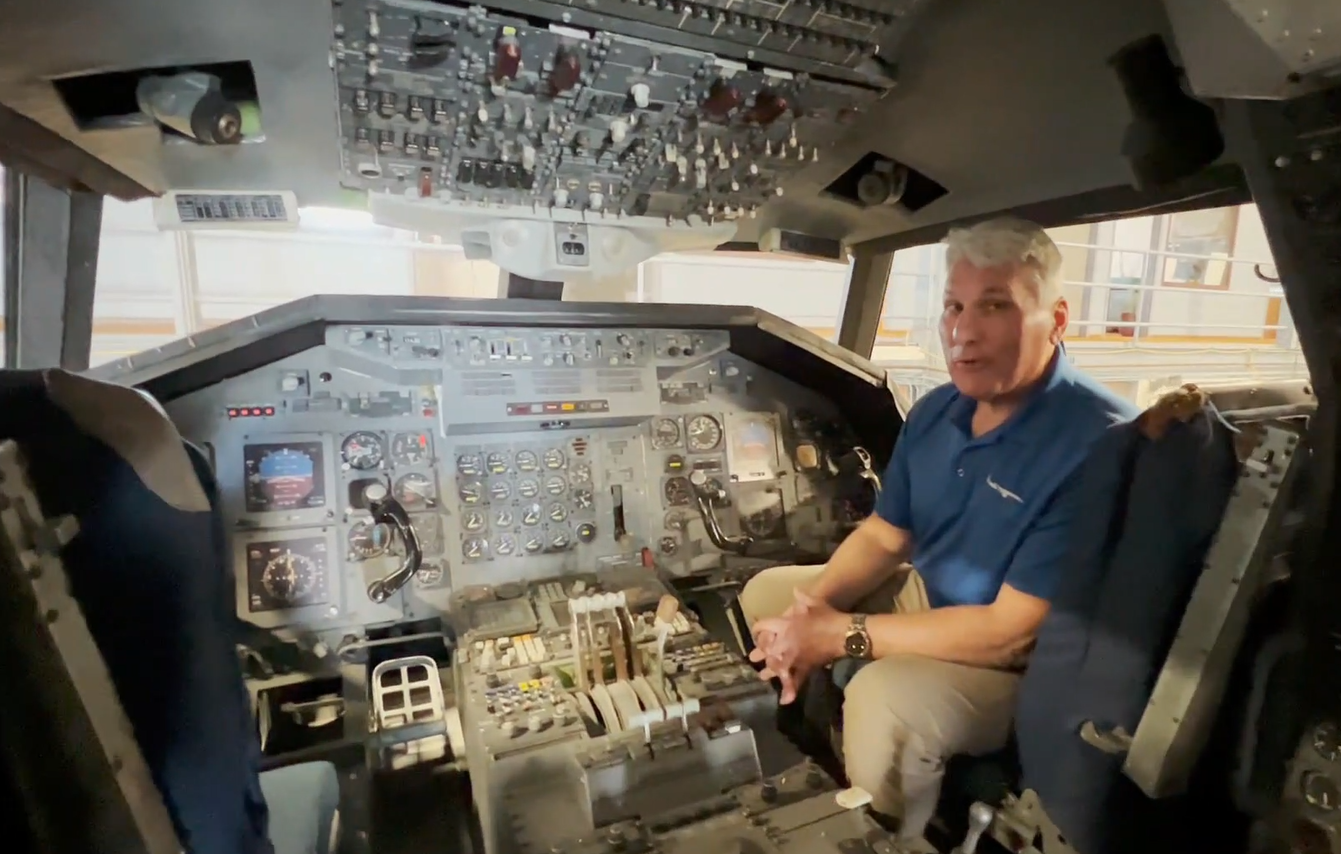FAA proposes new rules to help supersonic flight
17 June, 2019
3 min read
By joining our newsletter, you agree to our Privacy Policy


The US Federal Aviation Administration (FAA) has proposed new rules for supersonic aircraft covering noise certification and making flight test authorization easier.
The rules aim to ease the way for the re-introduction of civil supersonic flight but do not change a prohibition on aircraft flying above the speed of sound over land.
However, the FAA has indicated it could revisit the ban if technological changes mitigating the noise impact of supersonic aircraft warrant the move.
FAA Acting Administrator Dan Elwell pointed to the new rules at this week’s Paris Air Show, saying the FAA was committed to ensuring safer and more innovative technologies enter aviation.
“The U.S. Department of Transportation and the FAA are committed toward the safe and environmentally-sound research and development of supersonic aircraft,” Elwell said.
“We are confident in the next generation of aviation pioneers who want to open new opportunities for business, economic, and aviation growth.”
There are several supersonic projects underway in the US, including research by NASA aimed at significantly dampening sonic booms and reducing them to a level similar to the thump of a car door being closed.
READ: NASA lowers the boom for supersonic travel.
Boeing is backing a 12-passenger supersonic business jet being developed by Nevada-based Aerion that will slash five hours off a Pacific crossing and is due to fly by 2023.
Japan Airlines has committed to a Mach 2.2 55-passenger supersonic jet being developed by US-based Boom Supersonic and which also may be flying from early in the next decade.
A fact sheet published by the FAA says subsonic noise regulations do not apply to supersonic aircraft and it proposed rules will look at the technological and economic basis for noise level requirements appropriate for the planes.
The second rule aims to streamline and clarify the procedures to obtain special flight authorization to conduct supersonic flight testing in the US.
The FAA says there is support in Congress for new supersonic aircraft but it is required under legislation to first gather data and information.
“The FAA anticipates meeting the statutory deadlines for the proposed rules,’’ it says.
“These deadlines are publishing a Notice of Proposed Rulemaking (NPRM) for noise certification of supersonic aircraft by March 31, 2020, and publishing an NPRM for streamlining the procedures to obtain a special flight authorization for testing by December 31, 2019.”
Noise rule against exceeded Mach 1 over land unless authorized by the FAA has been in place since 1970 and the FAA notes the two new rules would not rescind this.
“In addition, the FAA is assessing the current state of supersonic aircraft technology in terms of mitigating the noise impacts associated with supersonic overland flight,’’ it says.
“To this end, Section 181 also requires a biennial review of aircraft noise and performance data beginning on December 31, 2020, to determine whether to amend the current ban on supersonic flight by civil aircraft over land in the United States.”
The FAA is also collaborating with the International Civil Aviation Organization Committee on Aviation Environmental Protection to develop international standards for supersonic aircraft and their engines.
Next Article
2 min read
Qantas triples profit but misses mark

Get the latest news and updates straight to your inbox
No spam, no hassle, no fuss, just airline news direct to you.
By joining our newsletter, you agree to our Privacy Policy
Find us on social media
Comments
No comments yet, be the first to write one.
